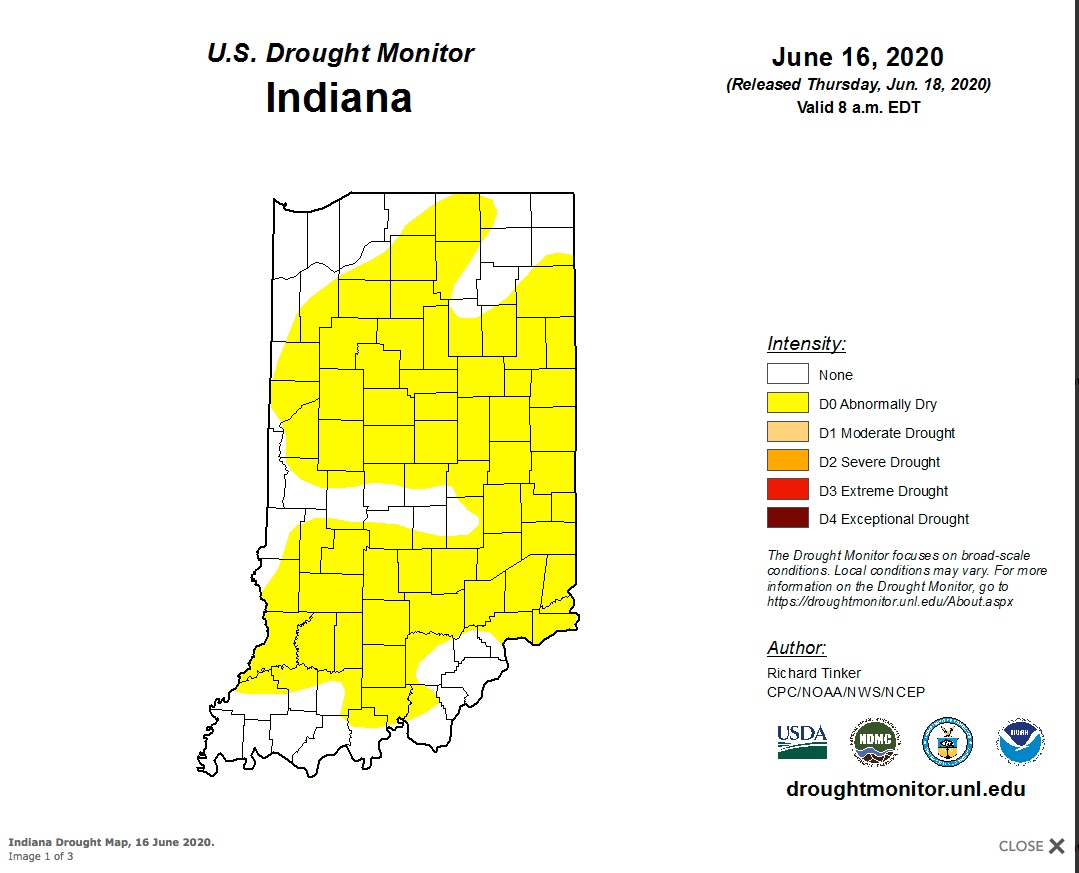
Early season dry periods are historically not that common for the Eastern Corn Belt of the U.S.

Early season dry periods are historically not that common for the Eastern Corn Belt of the U.S.
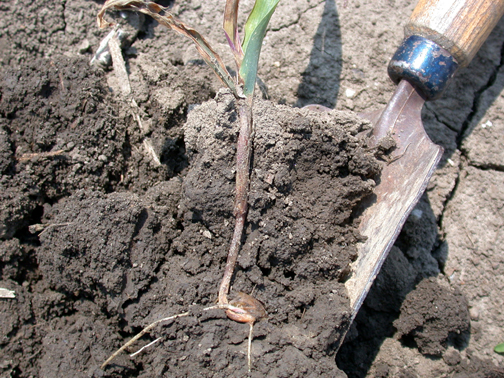
Standing water and freezing temperatures really put the hurt to some early planted corn.
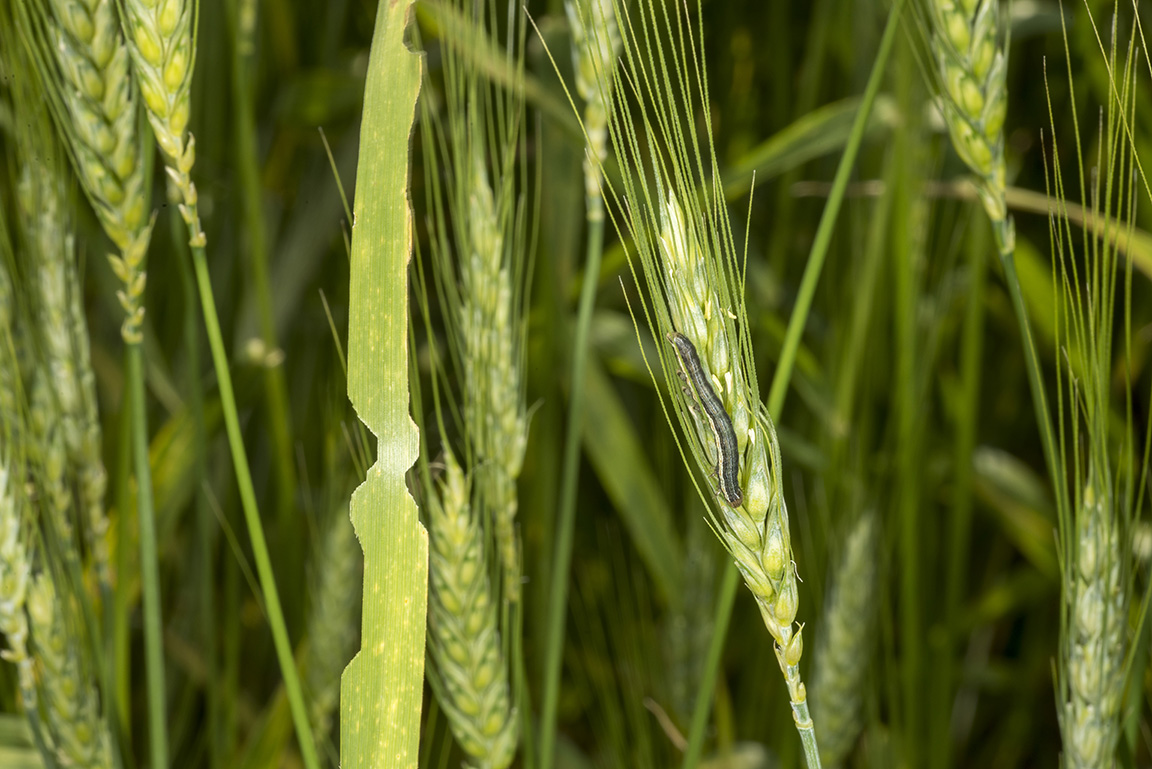
Armyworm moth captures have varied this spring, with some being quite impressive (see “Armyworm Pheromone Trap Report”).
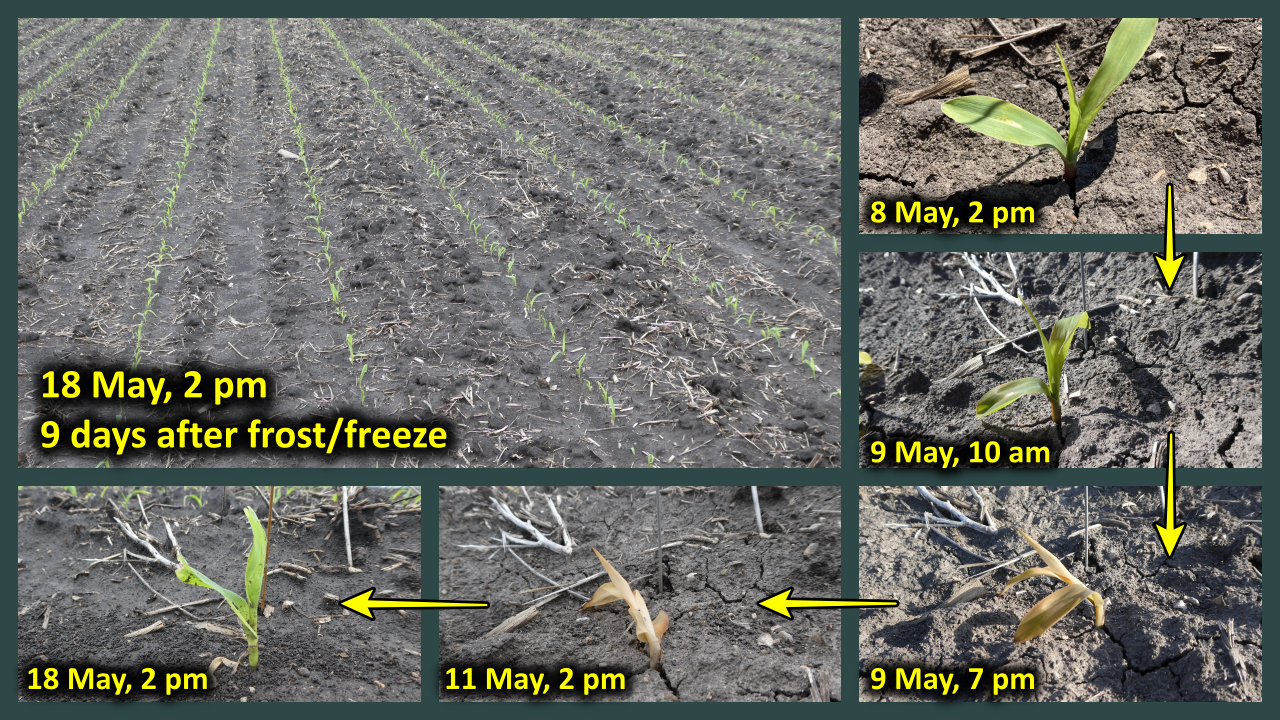
The rest of the story… Severe above-ground DAMAGE to V1-V2 CORN from FROST/FREEZE on May 9.
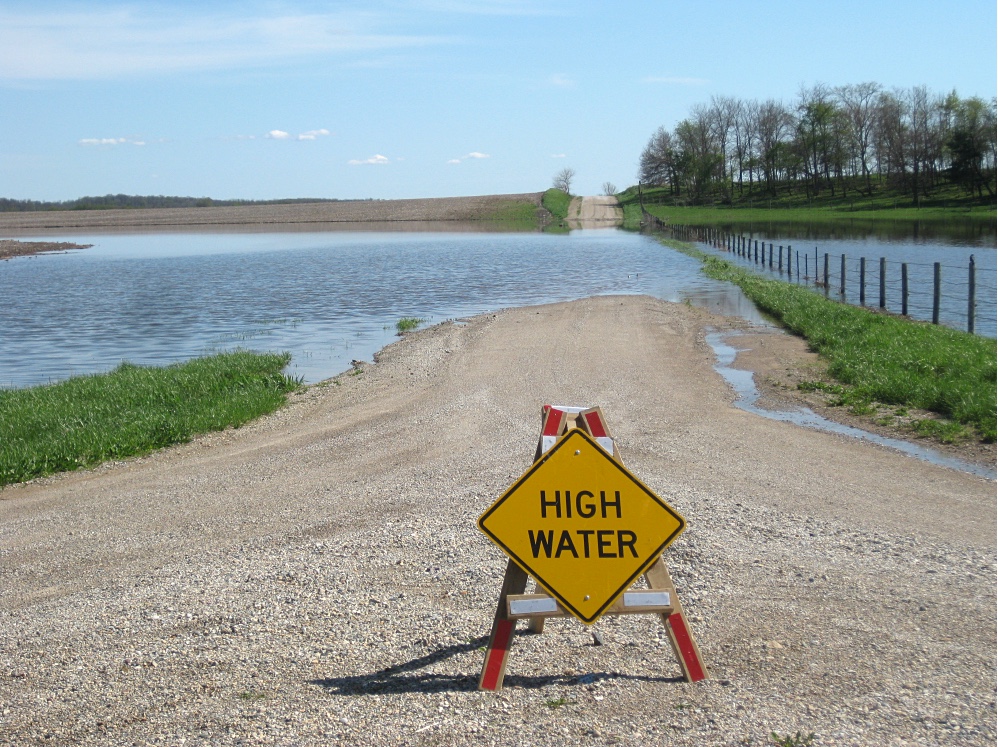
The consequences of flooding, ponding, and saturated soils on young corn depend heavily on the duration of the stress and temperatures.
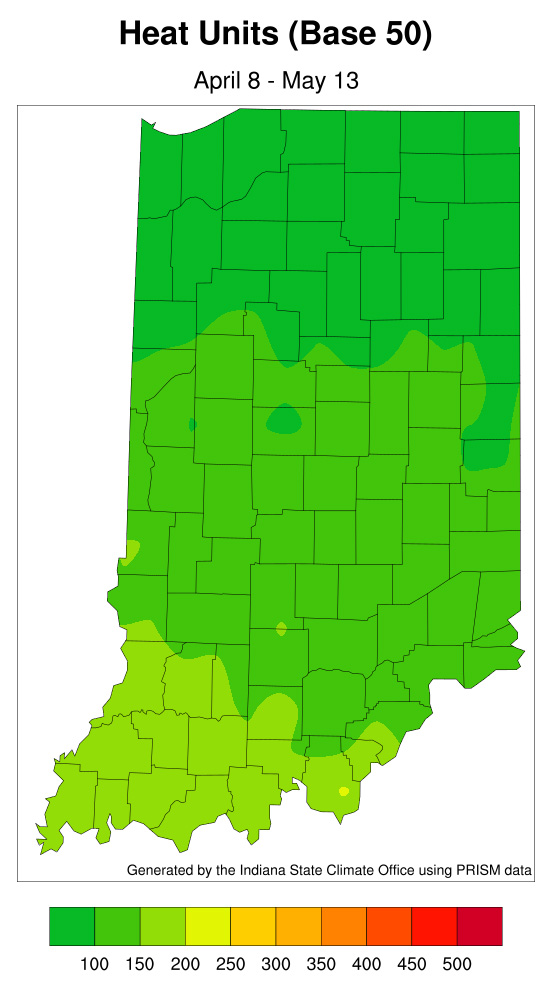
Many species of cutworms feed on corn and soybean if it’s available.
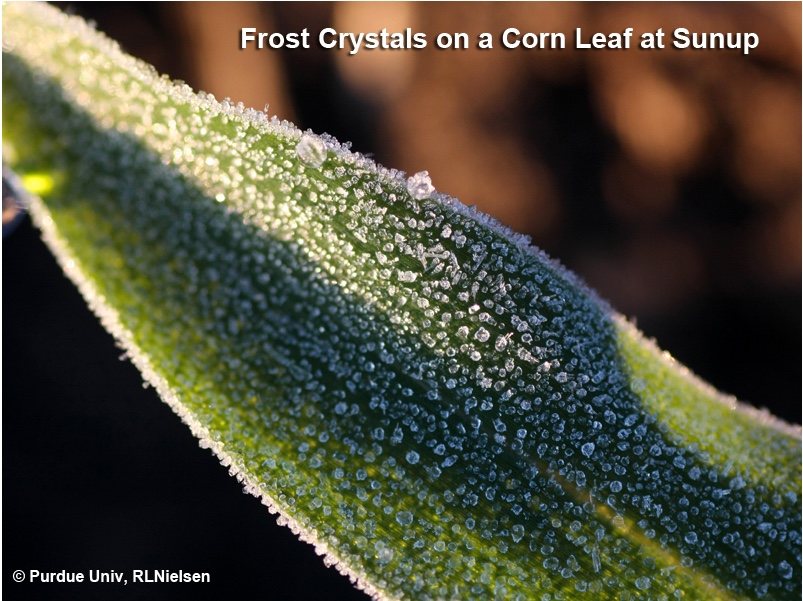
The risk of damaging spring frost events is one of the downsides to planting corn earlier than normal, but is one growers often accept when early spring field conditions are otherwise suitable for planting.

Sulfur (S) deficiency has become more common in Indiana with reduction in atmospheric deposition of S arising from coal-fired power plants.
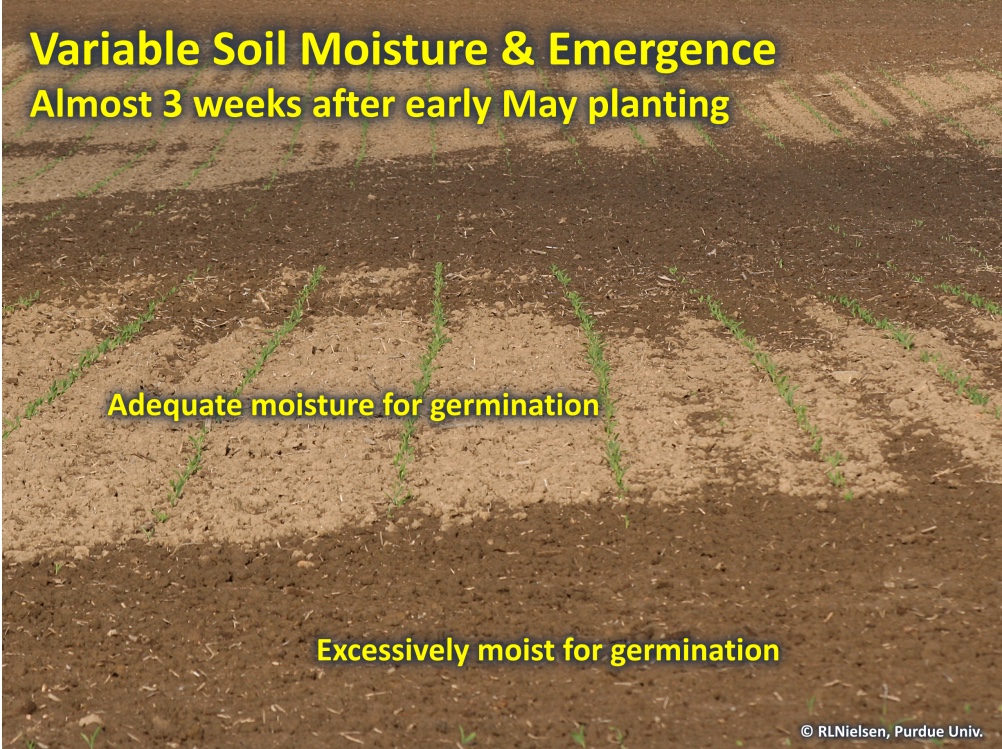
Rapid, uniform germination and emergence of corn help set the stage for maximum grain yield at the end of the season.
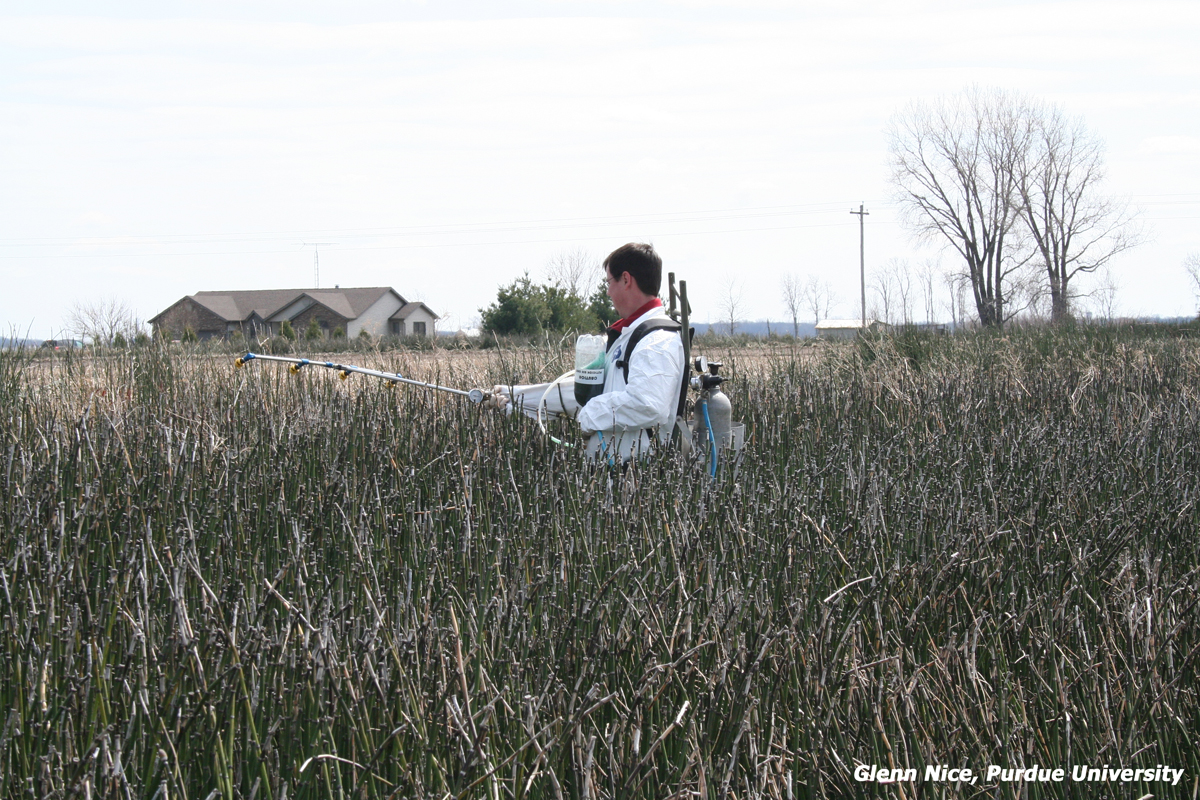
Scouringrushs and horsetails are known by many different common names such as snake grass, jointed grass, monkey grass or simply Equisetum to name a few.
© 2024 Purdue University | An equal access/equal opportunity university | Copyright Complaints | Maintained by Pest&Crop newsletter
If you have trouble accessing this page because of a disability, please contact Pest&Crop newsletter at luck@purdue.edu.